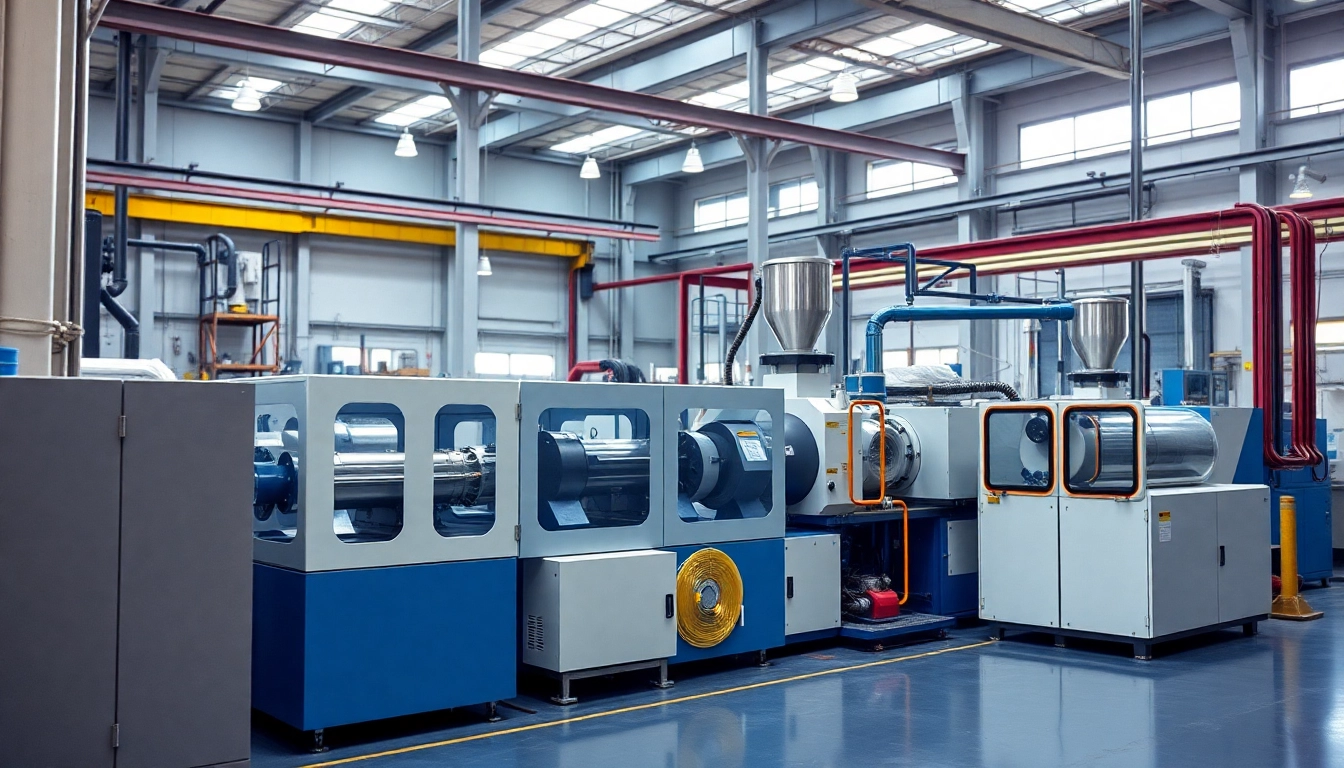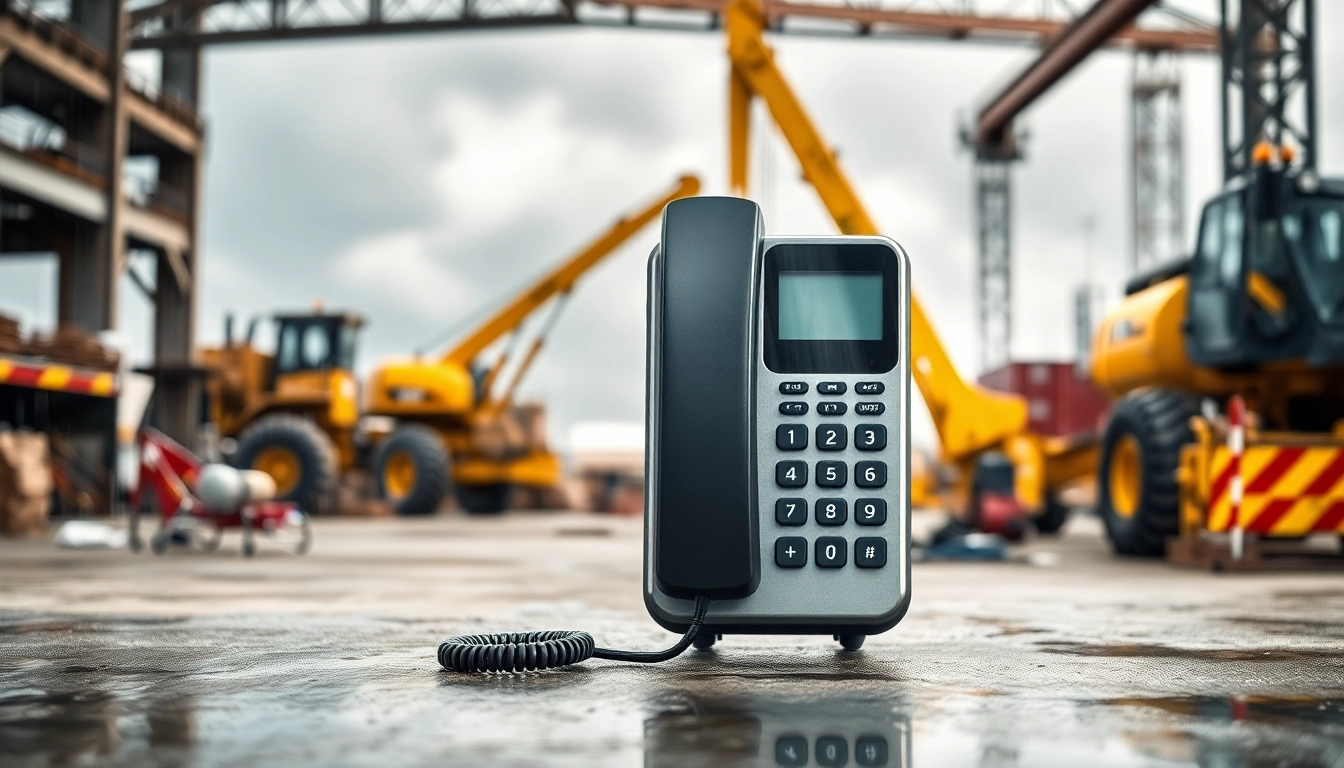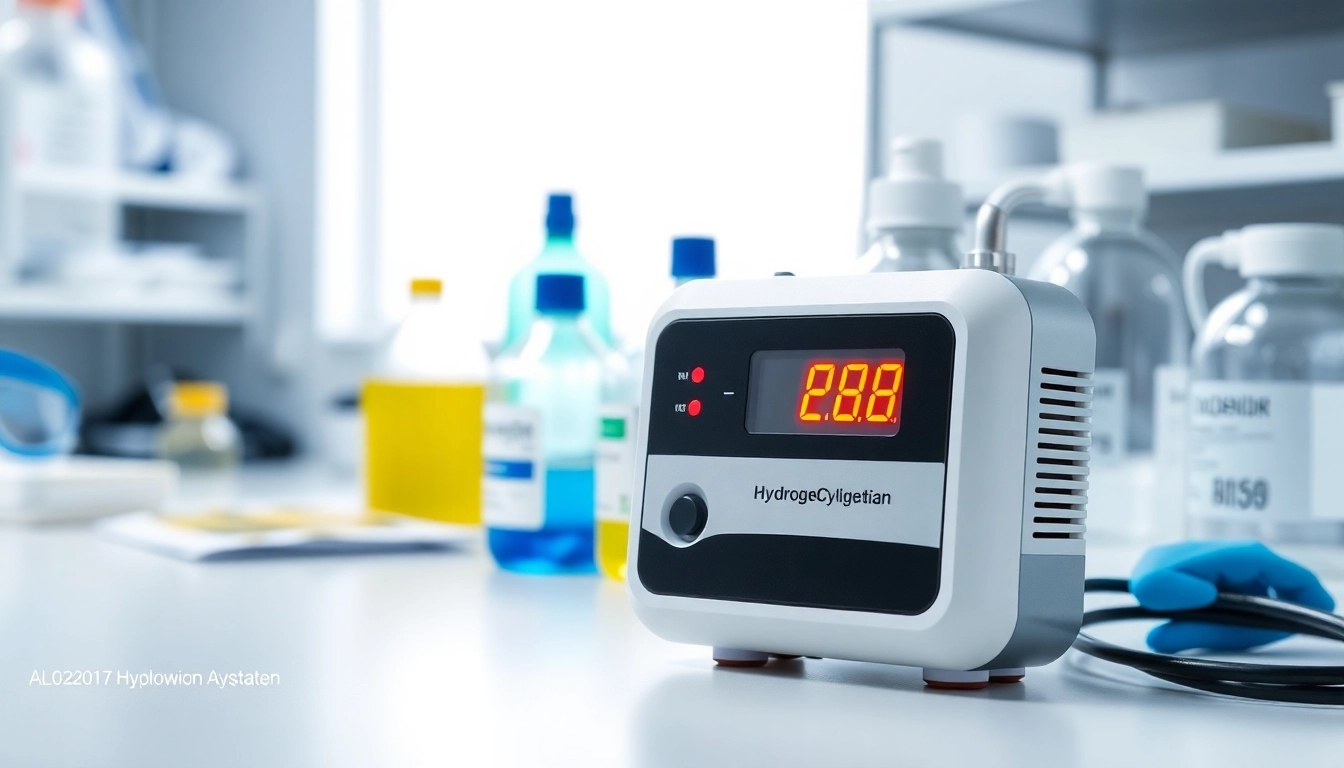Understanding Blow Molding Technology
Blow molding technology is a critical manufacturing process used extensively across multiple industries, particularly for creating hollow plastic items like bottles, containers, and tanks. The method leverages the properties of thermoplastics, allowing for rapid production of complex shapes and sizes. As a Blow Molding Machine Manufacturer, understanding the intricacies of this process can set companies apart in a competitive market.
Types of Blow Molding Processes
Blow molding typically comes in three primary forms: Extrusion Blow Molding (EBM), Injection Blow Molding (IBM), and Stretch Blow Molding (SBM). Each has distinct advantages and applications:
- Extrusion Blow Molding (EBM): Ideal for simple shapes, EBM involves extruding a tube of molten plastic and then encasing it in a mold. This method suits high-volume production and is often used for bottles and containers.
- Injection Blow Molding (IBM): This method offers greater dimensional accuracy and is mostly used for smaller parts that require high precision. IBM is perfect for medical and cosmetic containers where a touch of finesse is necessary.
- Stretch Blow Molding (SBM): By stretching the plastic both axially and radially, SBM can create strong and lightweight products. This method is especially popular for PET bottles.
Applications of Blow Molding Machines
Blow molding machines play a vital role in various industries. The applications range from packaging food and beverages to manufacturing automotive parts. Key industries utilizing blow molding technology include:
- Food and Beverage: Bottles, jars, and containers are produced to pack liquid and solid consumables.
- Consumer Goods: Products like toys, household items, and personal care containers rely heavily on blow molding.
- Industrial Products: Large containers and tanks used for chemicals and other substances.
- Automotive: Components like air ducts and other critical parts that require lightweight and durable plastics.
Key Benefits of Using Blow Molding
Choosing blow molding as a manufacturing method offers numerous benefits:
- Efficiency and Speed: High production rates can be achieved, significantly reducing labor and overall costs.
- Material Savings: The process generates minimal waste, maximizing raw material usage.
- Design Flexibility: Various shapes and sizes can be molded with changes made relatively quickly.
- Strength and Lightweight: Products created with blow molding possess high strength-to-weight ratios, making them ideal for many applications.
Choosing the Right Blow Molding Machine Manufacturer
Selecting the right manufacturer is critical to ensuring the success and efficiency of your production line. A partnership with a reputable blow molding machine manufacturer can influence production quality, operational efficiency, and long-term reliability.
Factors to Consider When Selecting a Manufacturer
When evaluating potential blow molding machine manufacturers, several factors should be taken into account:
- Experience and Expertise: Look for manufacturers with significant experience in the industry. Their expertise is often reflective of the quality of the machinery they produce.
- Technology and Innovation: Consider manufacturers who invest in R&D to remain at the cutting edge of technology. Advanced machinery can offer better efficiency and capabilities.
- Customization Options: The ability to customize machines according to specific production needs is an important factor, ensuring that the equipment matches your unique requirements.
Industry Standards and Compliance
Adherence to industry standards and safety regulations is non-negotiable. Reliable manufacturers will meet and uphold these standards, ensuring that their machines are safe to operate and compliant with regional regulations.
Supplier Reputation and Customer Support
Researching a supplier’s reputation can provide insights into their reliability. Look for reviews, testimonials, and case studies to gauge customer satisfaction. Additionally, evaluate their customer support structure; effective after-sales service is pivotal for resolving issues swiftly and ensuring operational uptime.
Innovations in Blow Molding Machinery
The blow molding industry has seen significant innovations, transforming traditional methods into highly efficient production processes.
Latest Technologies in Blow Molding
Recent advances in blow molding technology include:
- Electric Blow Molding: These machines offer precise control, energy efficiency, and reduced carbon emissions compared to hydraulic systems.
- Integrated Automation: Modern machines are equipped with automated systems that streamline operations, reduce labor costs, and enhance safety.
- Improved Sensors and Monitoring: Advanced monitoring and control systems help in real-time adjustments, ensuring consistent quality and reducing defects.
Environmental Sustainability in Manufacturing
As industries move towards sustainable practices, various manufacturers are adopting eco-friendly technologies. These include recycling technologies, which allow for the reuse of materials in the blow molding process and designs aimed at reducing waste.
Future Trends in Blow Molding Equipment
The future of blow molding is poised to benefit from trends such as:
- Smart Manufacturing: As part of the Industry 4.0 paradigm, smart blow molding machines are being developed with IoT capabilities that allow for predictive maintenance and operational optimization.
- Biodegradable Plastics: Increasing demand for sustainability has led to innovations in machinery capable of processing biodegradable materials.
Comparing Top Blow Molding Machine Manufacturers
With numerous manufacturers in the market, differentiating between them can be challenging. Understanding their offerings and capabilities is crucial when selecting a provider.
Market Leaders in Blow Molding Technology
Some of the prominent manufacturers in blow molding technology include:
- Uniloy: Recognized for offering a comprehensive range of blow molding technologies and molds, Uniloy stands out for its innovative approach to manufacturing.
- Wilmington Machinery: Known for high-speed monolayer and multilayer rotary extrusion plants, Wilmington Machinery emphasizes customization!
- Jomar Corporation: With a strong focus on injection blow molding, Jomar specializes in equipment that meets precise production demands.
- Bekum: This manufacturer is celebrated for its advanced H-series blow molding machines, particularly in North American markets.
How to Evaluate Manufacturer Capabilities
To assess the capabilities of a manufacturer, consider the following approaches:
- Factory Visits: If possible, a visit to the manufacturing facility can provide insights into their processes, quality assurance methods, and technology used.
- Request for Proposals (RFP): Issues an RFP to gather detailed information on specifications, pricing, and lead times from multiple manufacturers.
- Pilot Testing: Before committing to a large order, request a pilot run to validate the machine’s performance for your specific application.
Cost Comparison and ROI Considerations
When investing in blow molding machinery, perform a comprehensive cost analysis, including:
- Initial Capital Investment: Evaluate the cost of the machinery including installation and training expenses.
- Operating Costs: Estimate utility costs, maintenance, and labor associated with running the machine.
- Return on Investment (ROI): Project the ROI based on production capacity, efficiency improvements, and waste reduction.
Maximizing Efficiency with Blow Molding Machines
Once a blow molding machine is in operation, ensuring its maximum efficiency is crucial for productivity and profitability.
Best Practices for Operation
Implementing best practices during the operation phase includes:
- Operator Training: Provide comprehensive training sessions for operators to ensure they are familiar with the specific machine’s features and safety protocols.
- Workflow Optimization: Regularly review and optimize workflows to eliminate bottlenecks and encourage smooth production processes.
Maintenance Strategies for Longevity
Regular maintenance is essential for the longevity of blow molding machinery. Key maintenance strategies include:
- Routine Inspections: Schedule routine checks and audits to ensure all components are operating correctly.
- Preventive Maintenance: Establish a preventive maintenance program that includes lubricating moving parts, checking for wear, and updating software.
Measuring Production Performance
To assess the effectiveness of a blow molding machine, regularly measure production performance using metrics such as:
- Output Rate: Track the number of units produced per hour to gauge efficiency.
- Defect Rate: Monitor and analyze defect rates to identify areas for improvement.
- Energy Consumption: Measure energy usage to optimize costs and reduce environmental impact.



